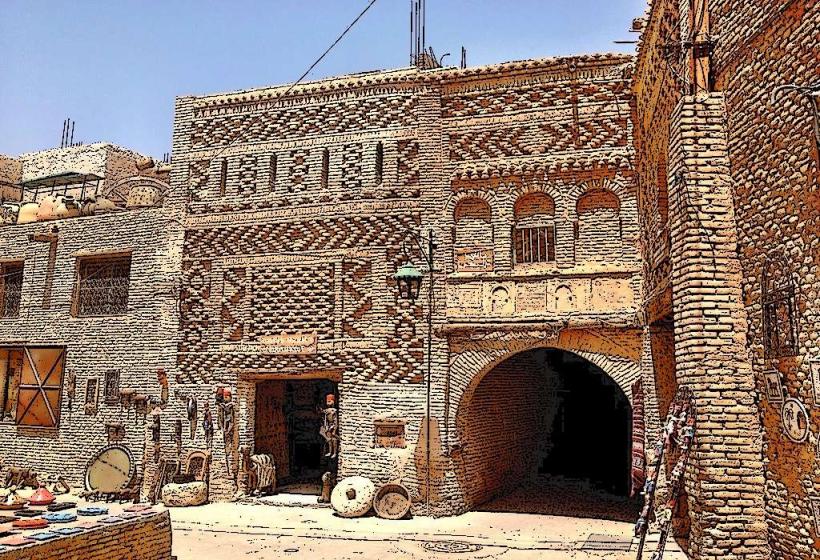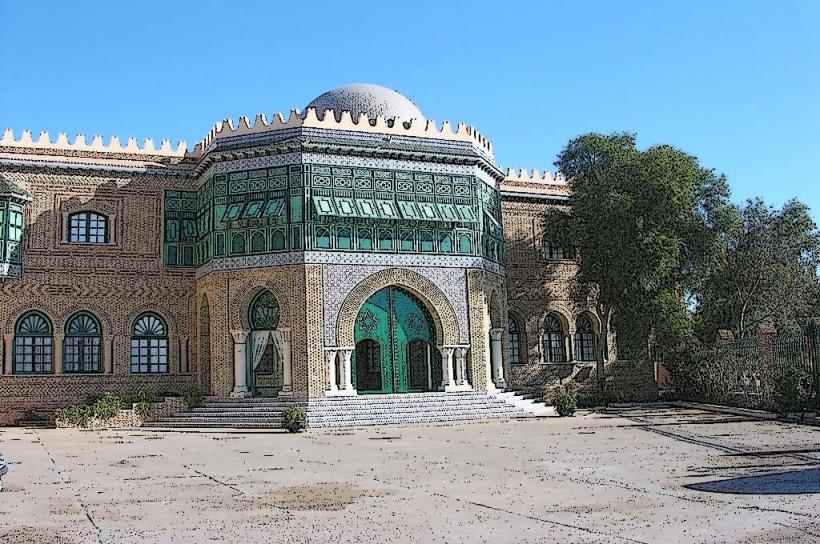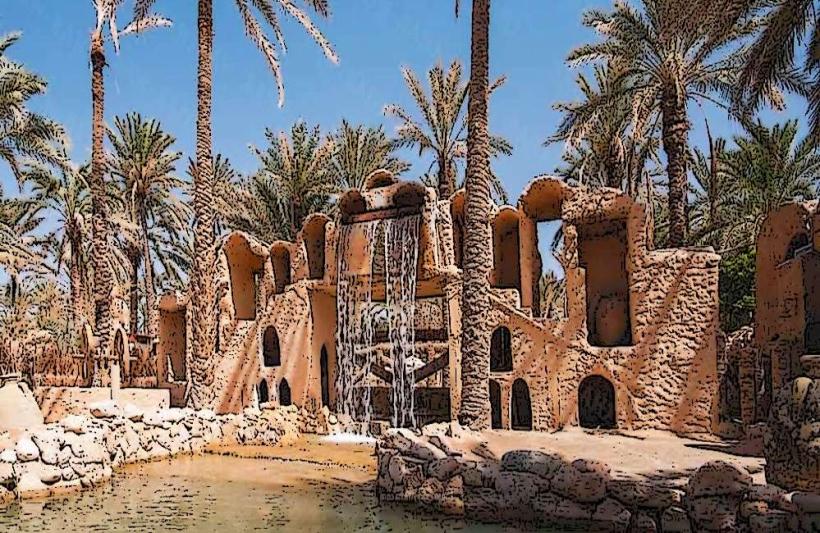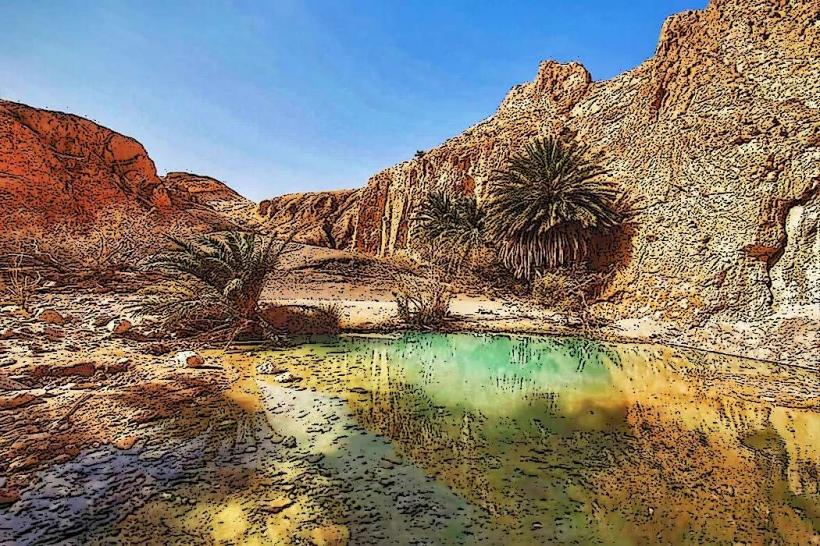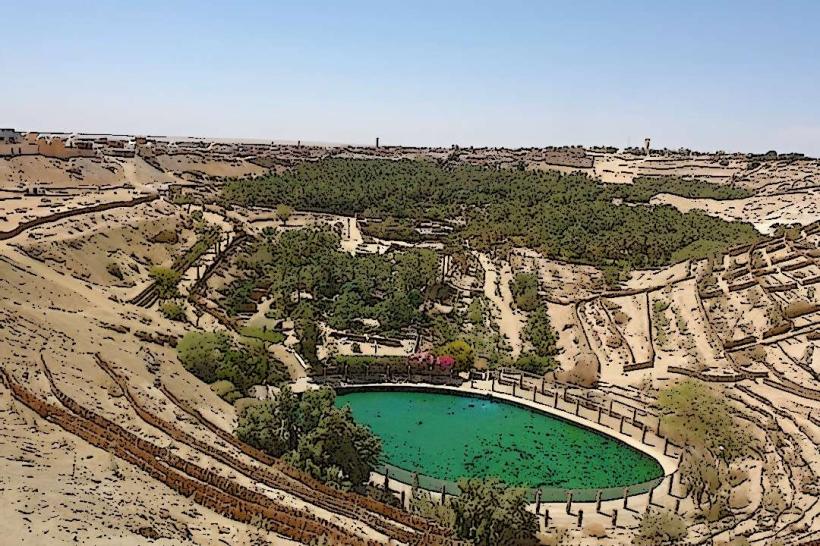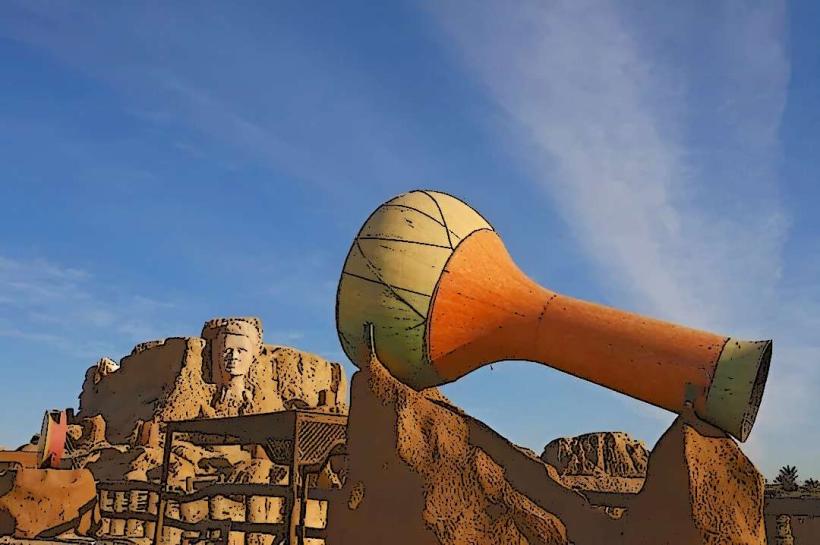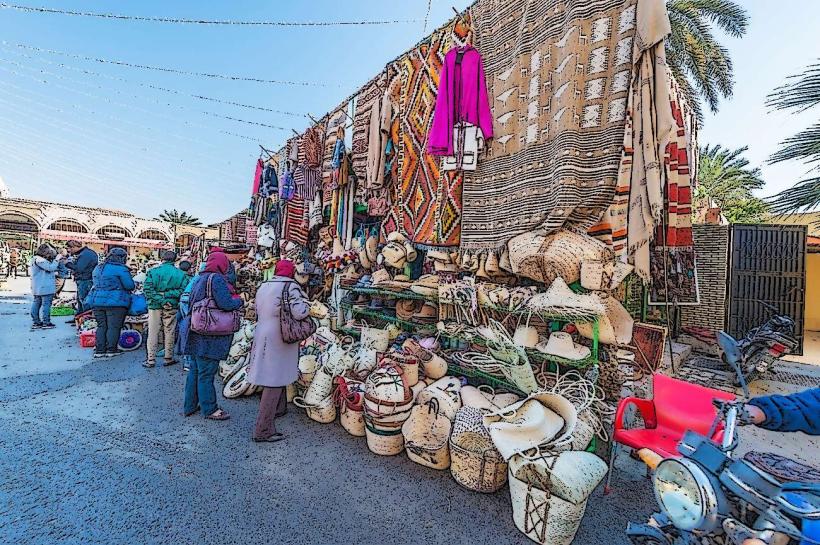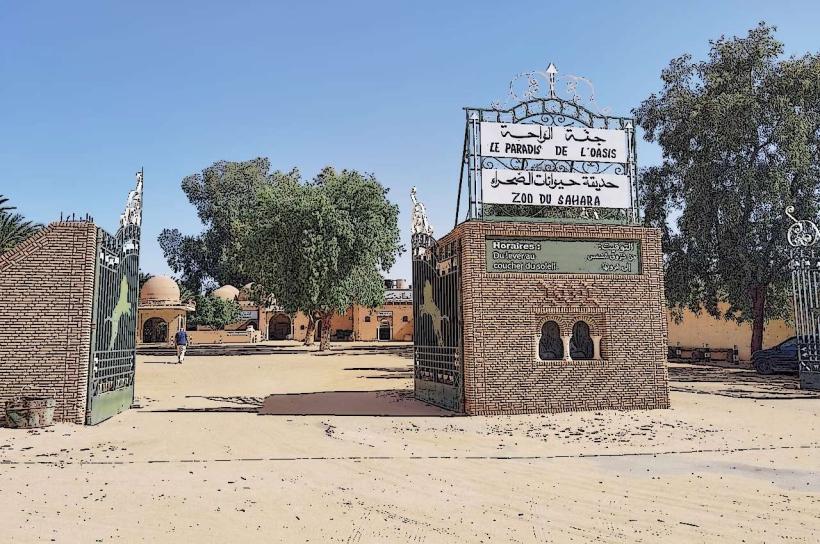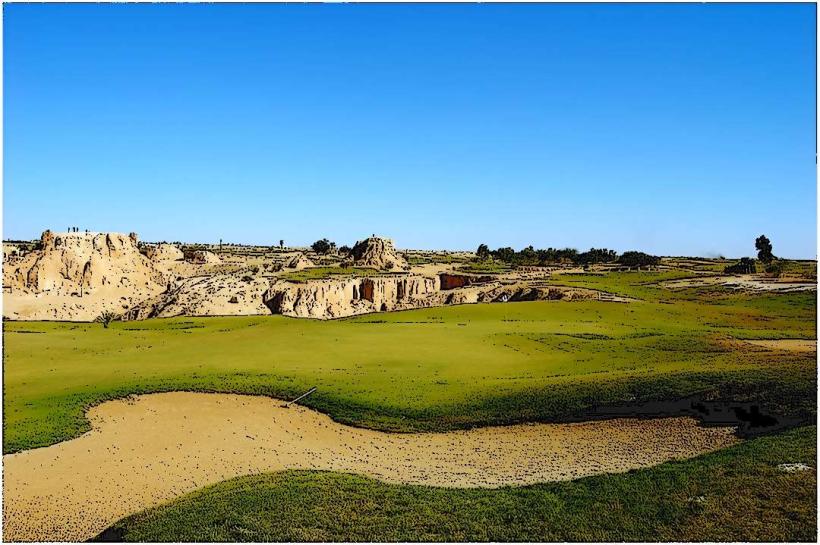Information
Landmark: Tozeur Palm GroveCity: Tozeur
Country: Tunisia
Continent: Africa
Tozeur Palm Grove, Tozeur, Tunisia, Africa
Overview
The Tozeur Palm Grove ranks among North Africa’s largest and most storied oases, where thousands of date palms sway in the hot desert breeze.In the heart of Tozeur, in Tunisia’s southwest, it stands as a remarkable showcase of sustainable oasis farming, age-old irrigation channels, and the seamless way people and desert life have learned to live side by side.The Tozeur Palm Grove’s standout features-and why they matter-start with number one.Covering more than 1,000 hectares, the palm grove holds over 400,000 date palms, their fronds rustling in the breeze, making it among the largest in Tunisia.It sits right beside Tozeur’s old medina, just a short walk away or a quick ride in a rattling carriage.In the grove, farming follows the layered style you’ll find in Saharan oases, with tall date palms rising overhead and casting cool, dappled shade.In the middle layer, you’ll find fruit trees-pomegranates, figs, citrus, even olives with leaves that catch the afternoon light.On the lower layer, vegetables and herbs push up through cool, damp soil that smells faintly of earth.Number two comes next, a simple step-like the second note in a song.Date palm cultivation thrives in the Tozeur Oasis, famous worldwide for its Deglet Nour-the “queen of dates”-with a golden, almost sunlit glow and rich, honeyed sweetness.People still grow and gather dates the old-fashioned way, often scaling the rough, swaying trunks to pluck the ripe fruit by hand.Date farming plays a crucial role in the local economy, with families counting on the short harvest season and tending small groves under the hot desert sun.Three.The oasis still relies on the foggara, a clever gravity-fed network of channels first built in the 13th century by scholar and engineer Ibn Chabbat, carrying cool water silently beneath the sand.Water from natural springs and deep underground flows through a web of narrow canals and earthen channels, carrying just enough to each landowner’s field.This fair, sustainable method still sees limited use today, and researchers study it for its ingenious water control-like guiding rain into stone-lined channels-in dry, harsh regions.Number four.For over a thousand years, farmers have tended the palm grove, its rustling fronds a living link to the region’s rich agricultural and spiritual heritage.It offered weary travelers crossing the Sahara a patch of cool shade, a bite to eat, and safety from harsh winds, while bustling as a lively center for trade and study.Within the grove, koubbas-quiet Sufi shrines-stand beside weathered wells and sun-baked mud-brick watchtowers, tying the place to Tozeur’s rich religious and social past.Number five sits in the margin, small and sharp like the tip of a pencil.Ecotourism and Visitor Experience: Today, travelers flock to the Tozeur Palm Grove, drawn by its lush green rows of date palms and its blend of natural beauty with rich cultural heritage.Visitors can take a horse-drawn calèche ride, the wheels crunching softly over the path beneath the shaded grove.You wander or pedal along cool, shaded paths beneath towering palms, their fronds whispering overhead.Stopping by old irrigation wells, walking through dusty farms, and wandering among sunlit gardens.Take a guided tour and learn how dates are grown, hear about desert plants, and see how water is managed under the hot sun.Local guides often share how oasis plants are used as medicine, sometimes letting you smell a crushed leaf, and they’ll show you old farming methods still practiced today.Number six.Environmental and cultural preservation matter more than ever, so with climate change and urban growth pressing in, local authorities and NGOs have rolled out projects to protect the palm grove’s rustling green canopy.This includes restoring ancient irrigation channels where water once glinted in the sun, replanting native trees, and promoting eco-friendly farming.Cultural initiatives bring the oasis’s heritage to life through workshops, lively festivals, and hands-on programs where local kids might spin clay or weave palm fronds.The Tozeur Palm Grove isn’t just a stretch of lush greenery-it's a living heritage, where centuries-old environmental wisdom meets the rhythms of local culture and the quiet work of sustainable farming under the shade of date palms.Visitors step into the heart of oasis life, where quiet palm-shaded paths meet clever feats of irrigation and every moment flows with the steady pulse of nature and tradition.Loved as one of Tunisia’s most cherished landscapes, it still shapes daily life-feeding families, sustaining traditions, and keeping old songs alive in the warm desert air.

